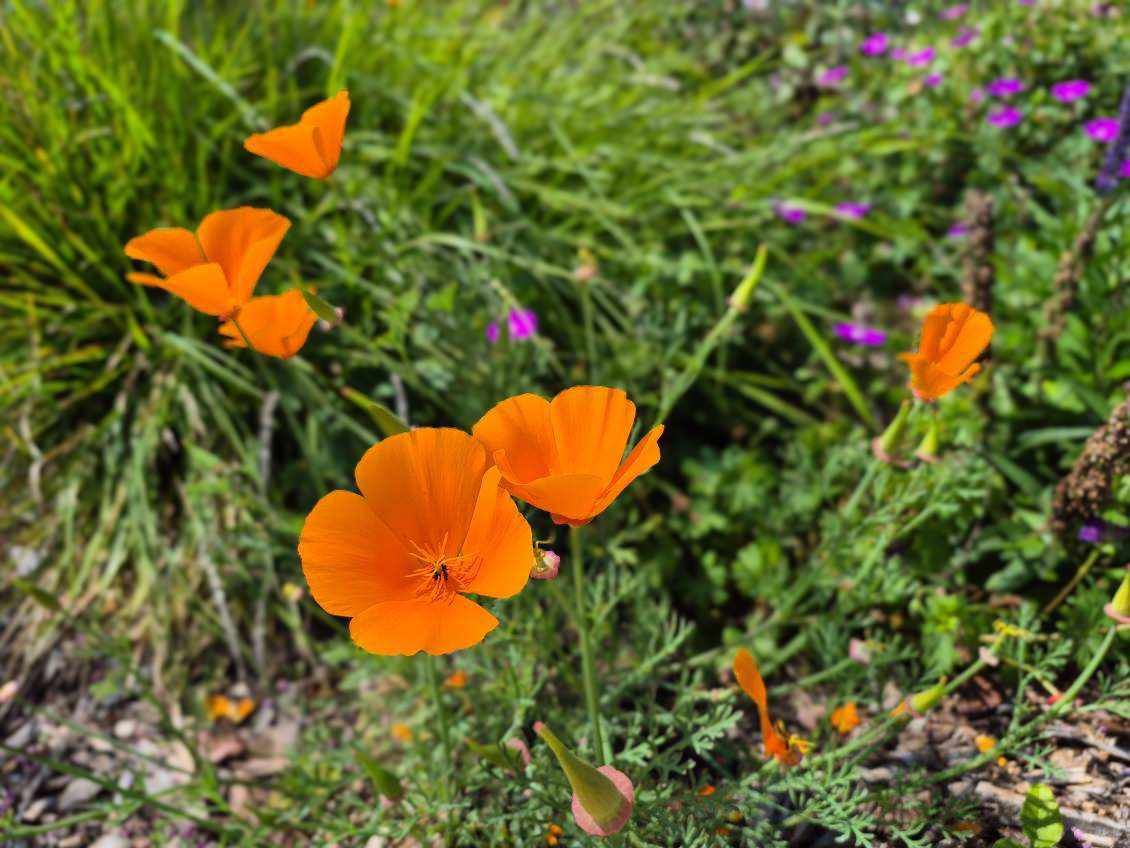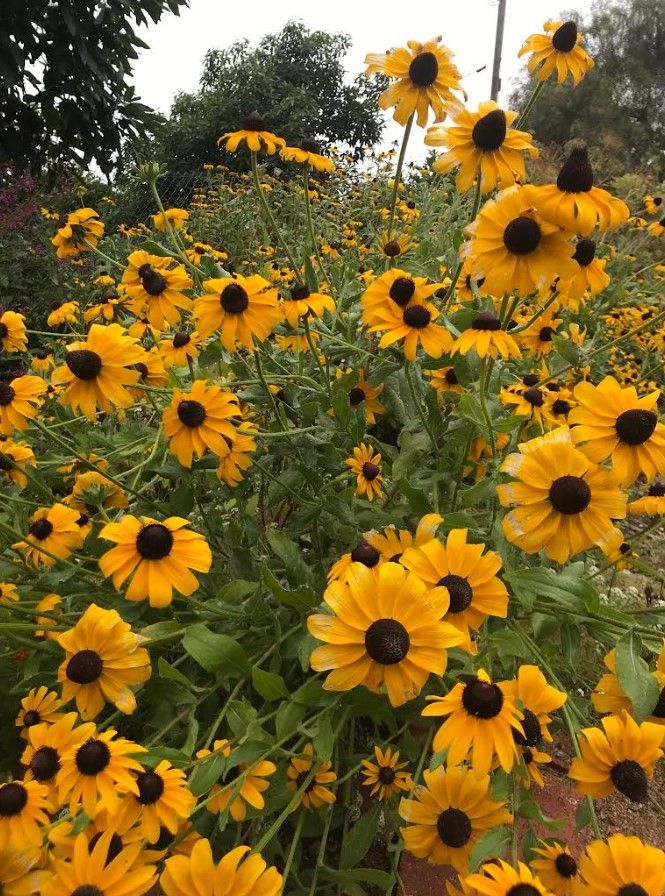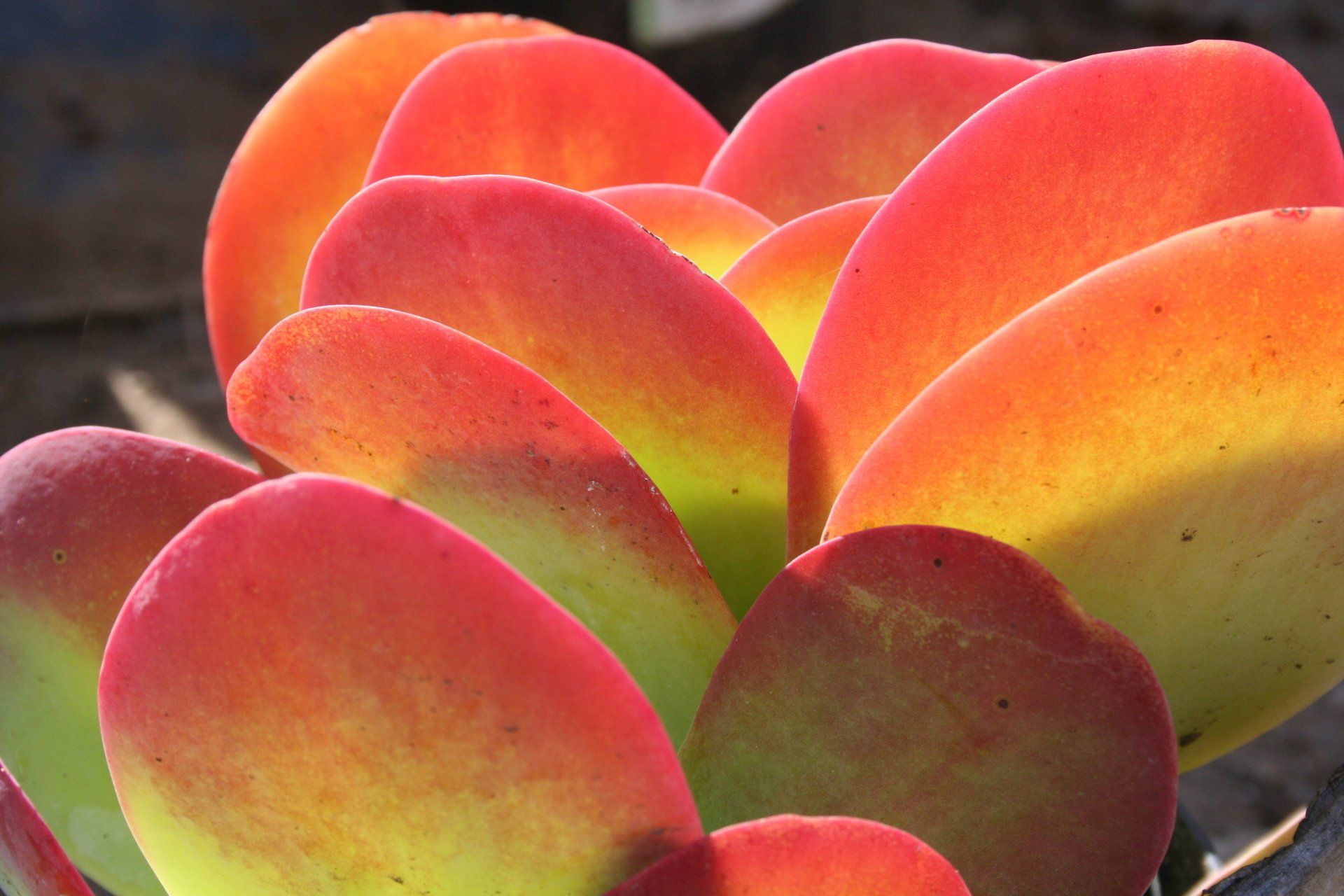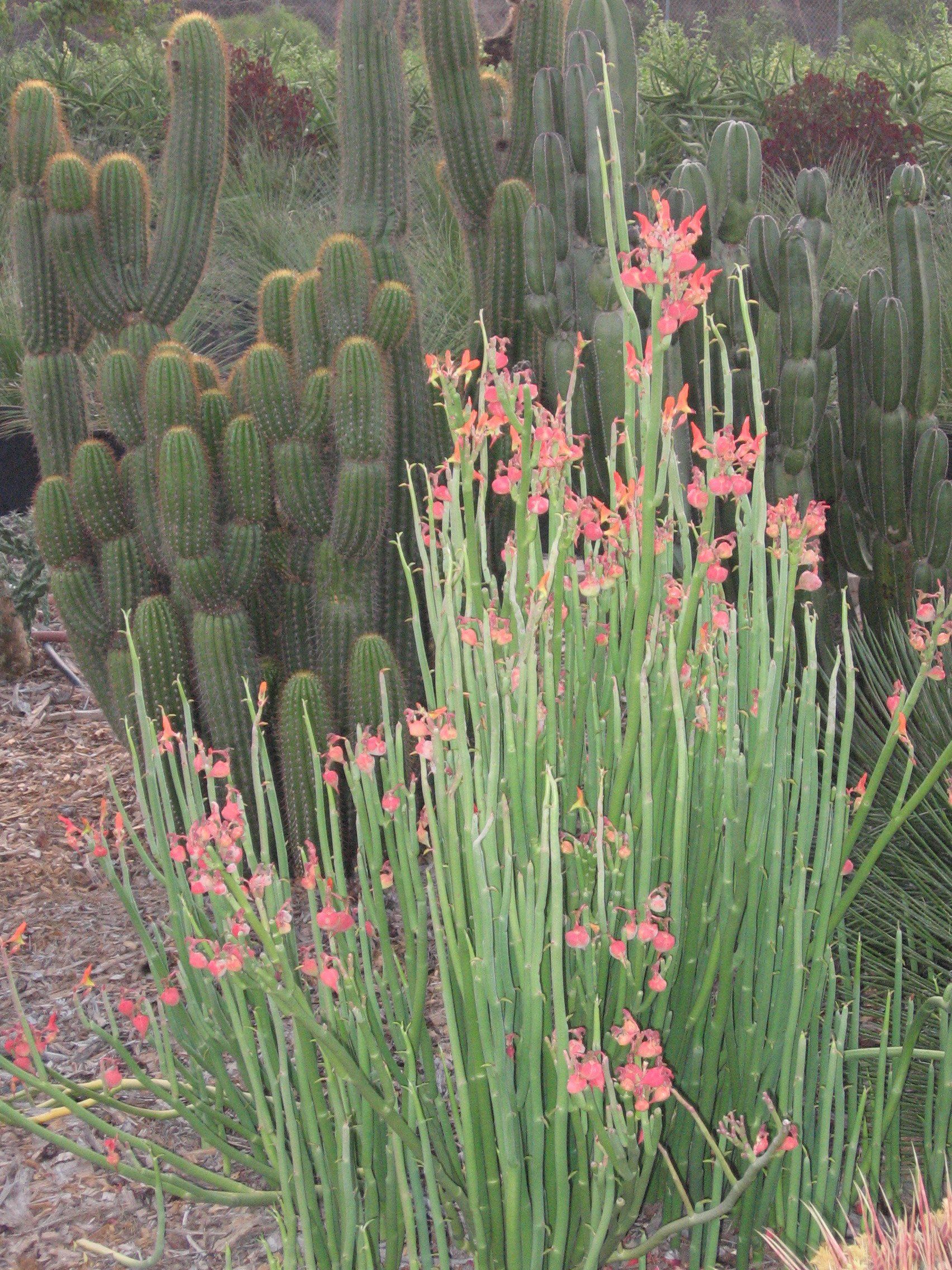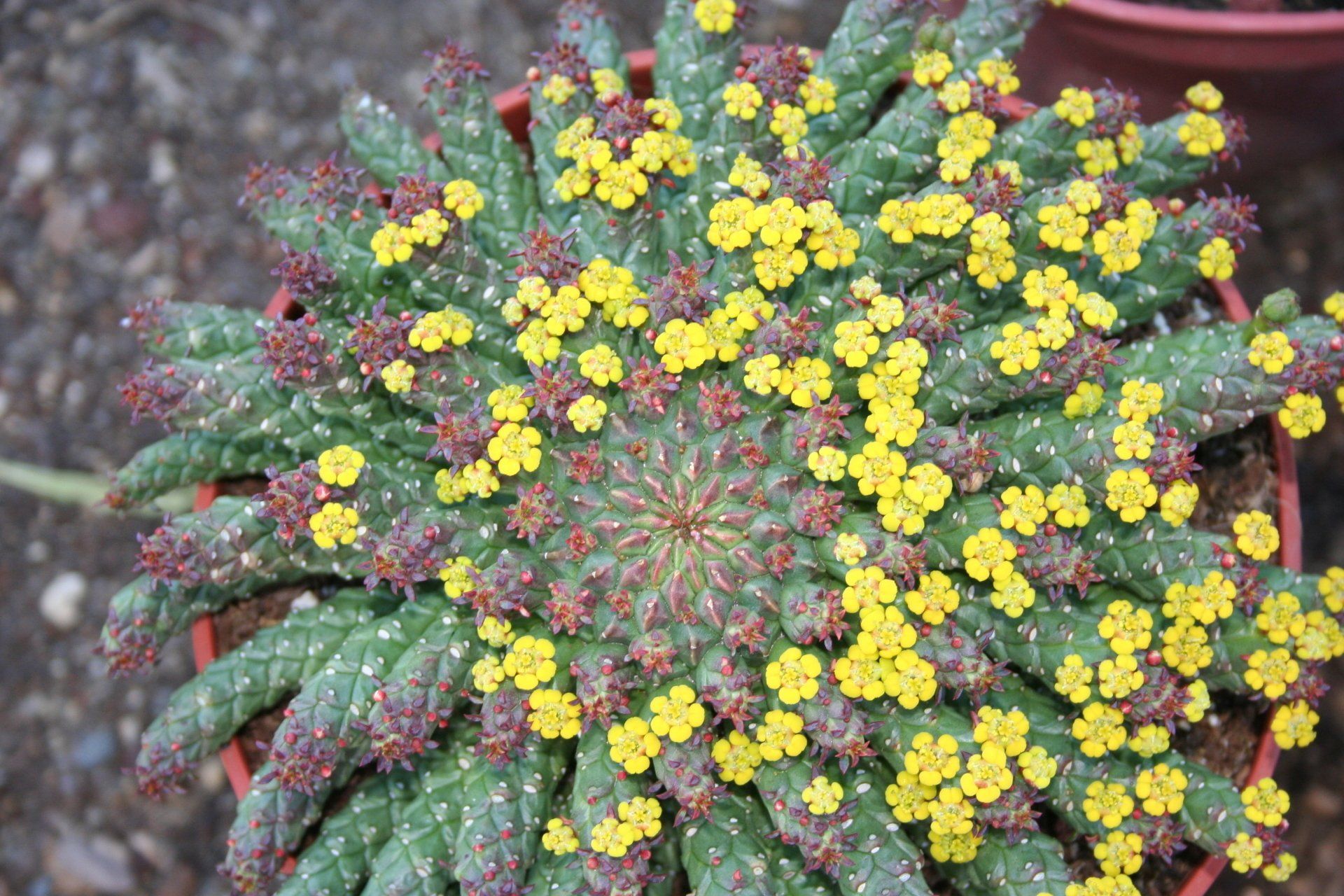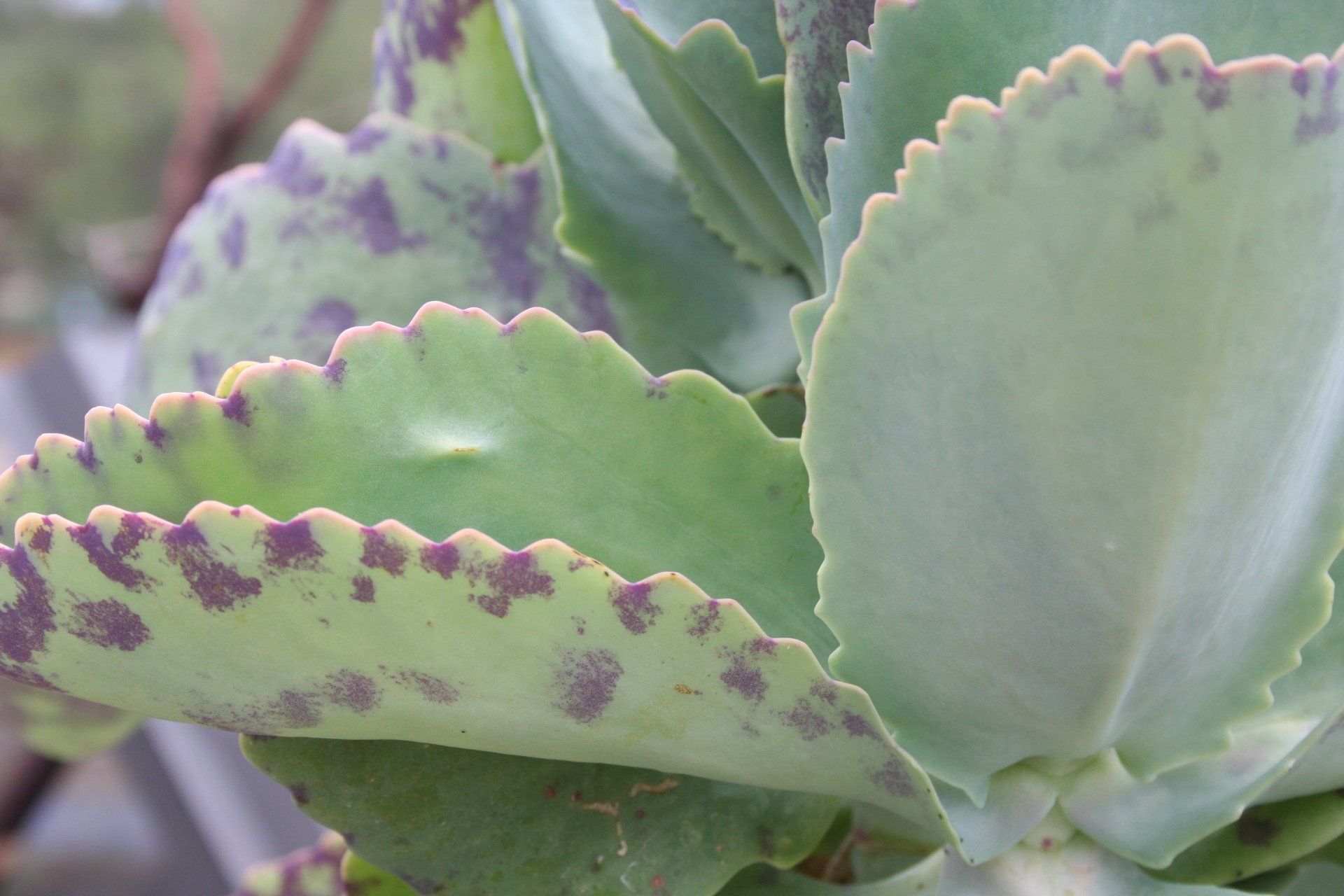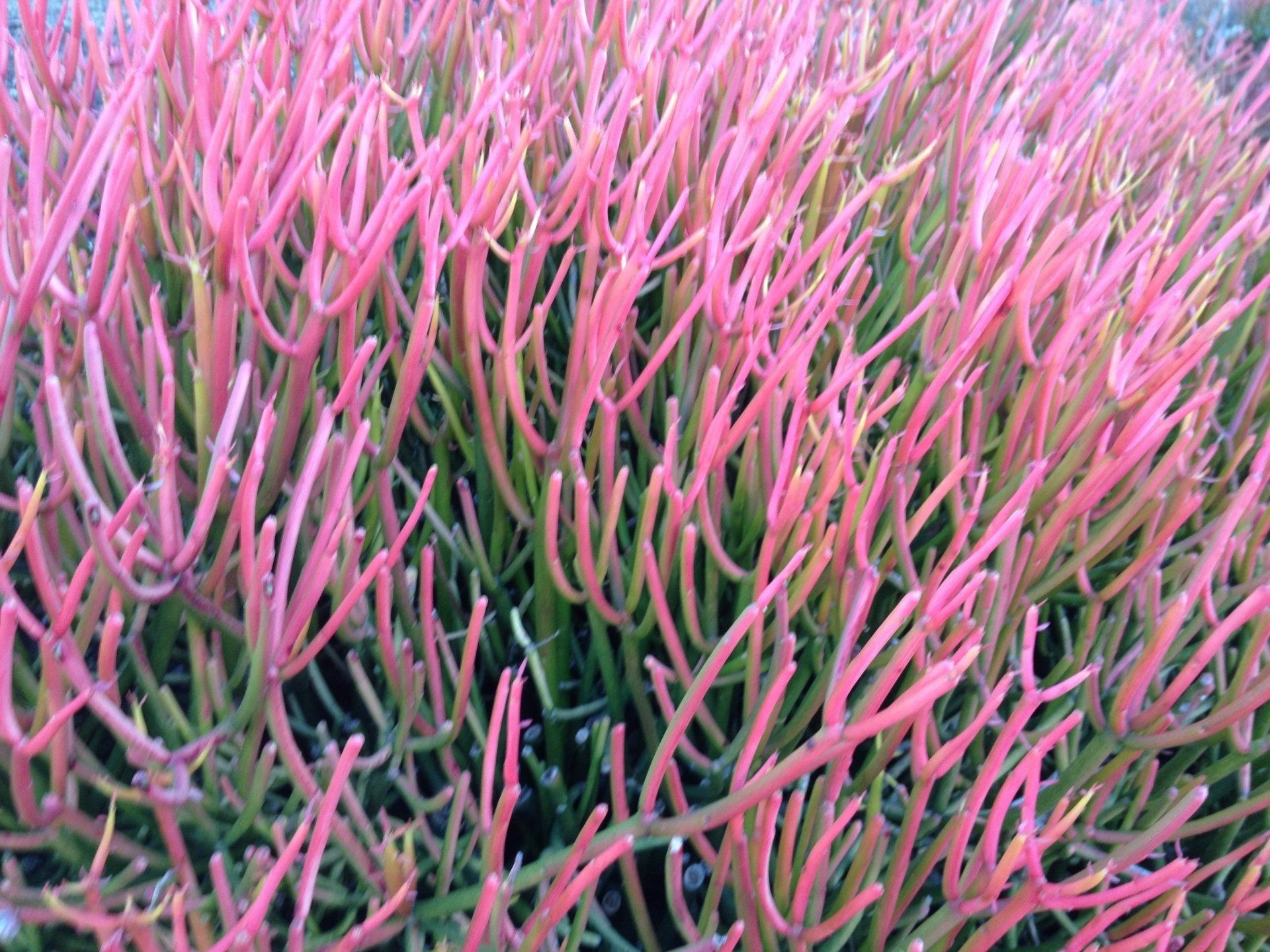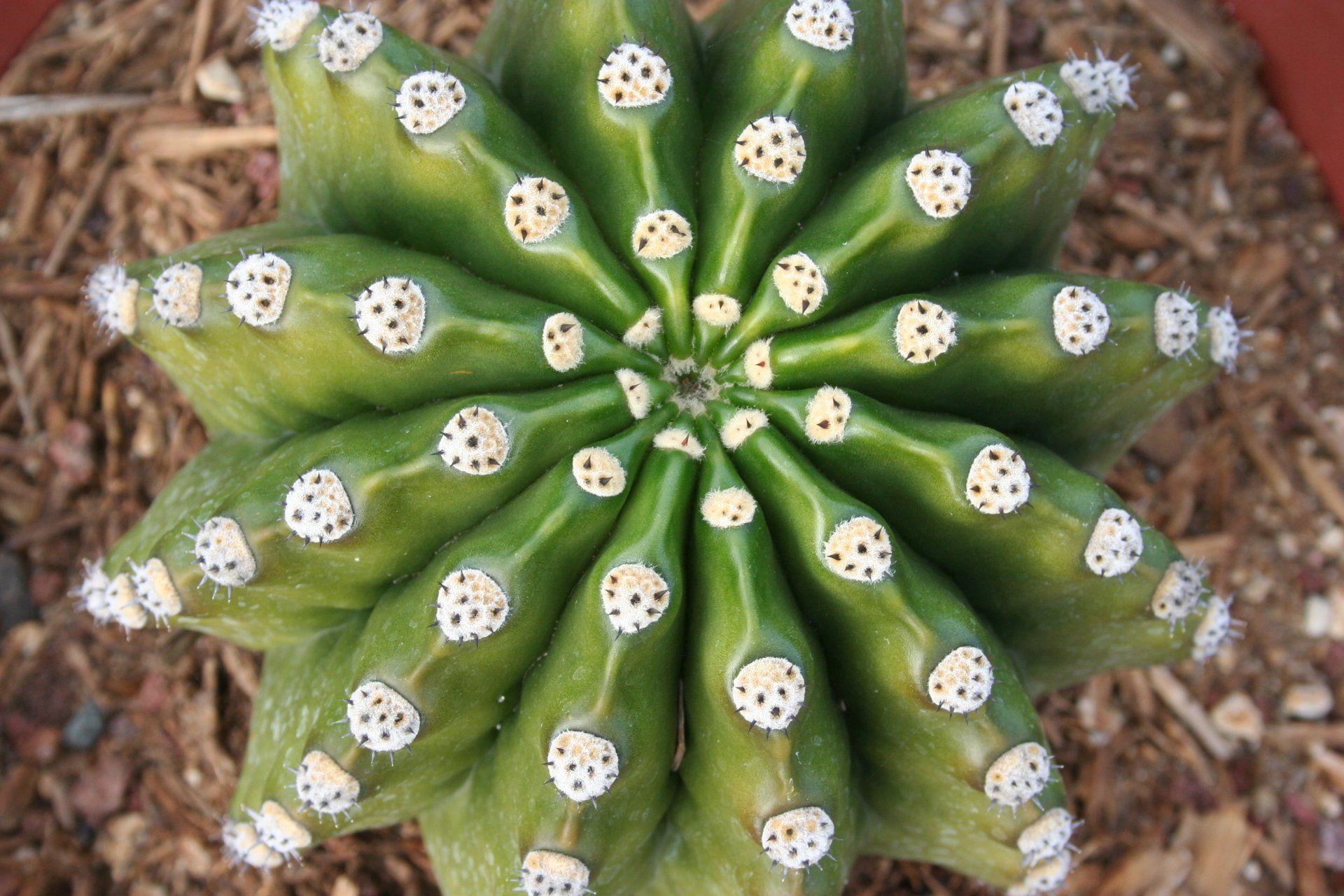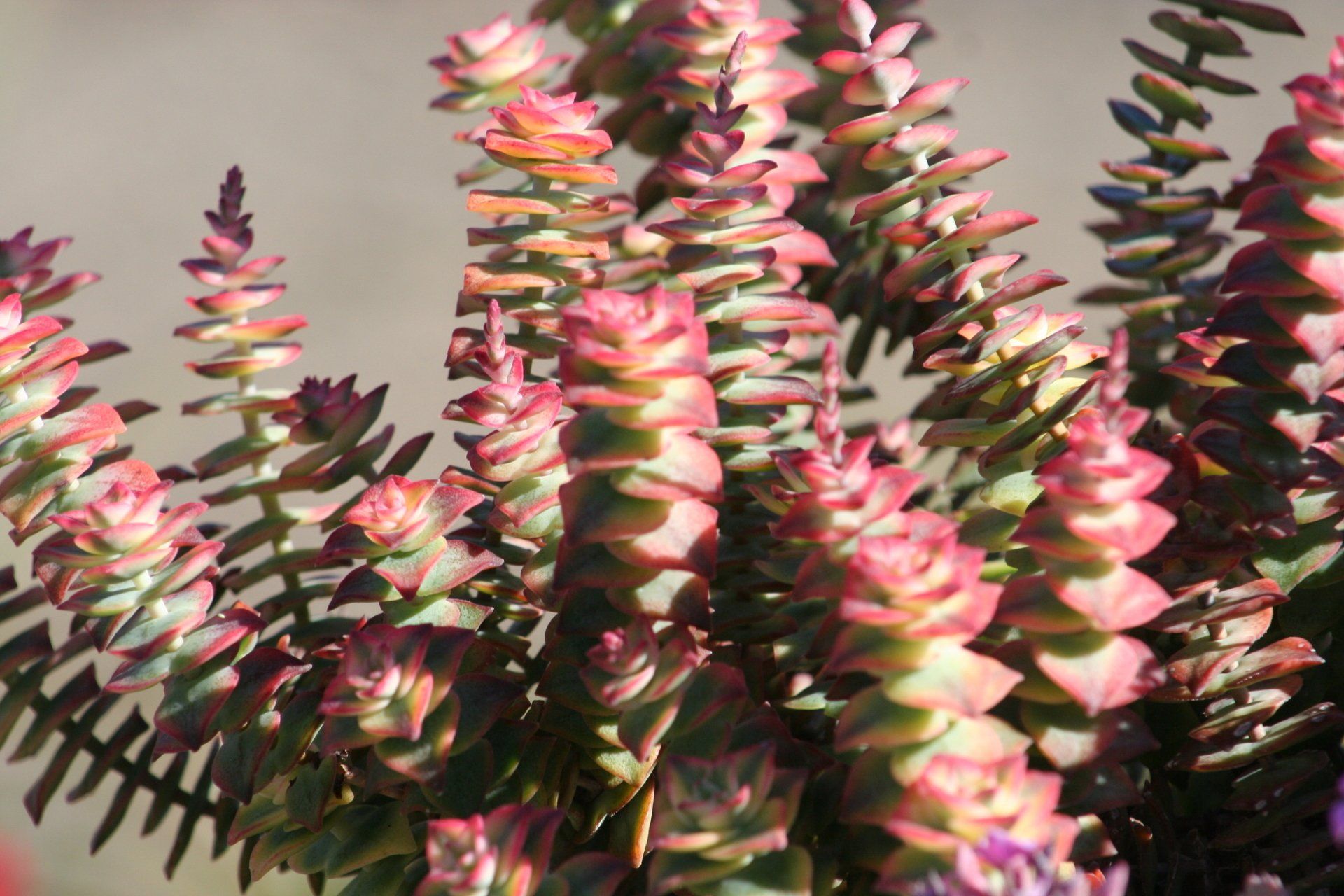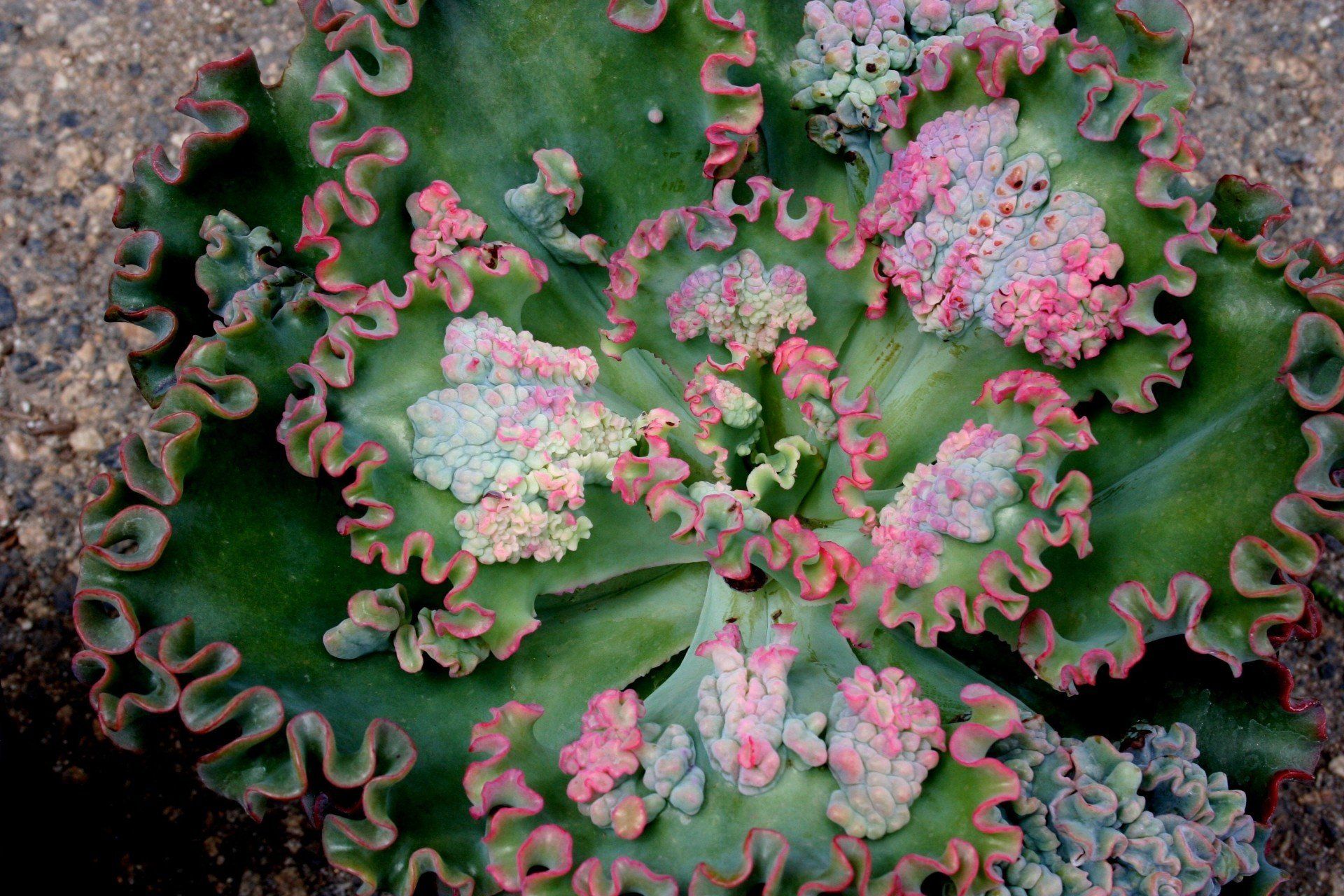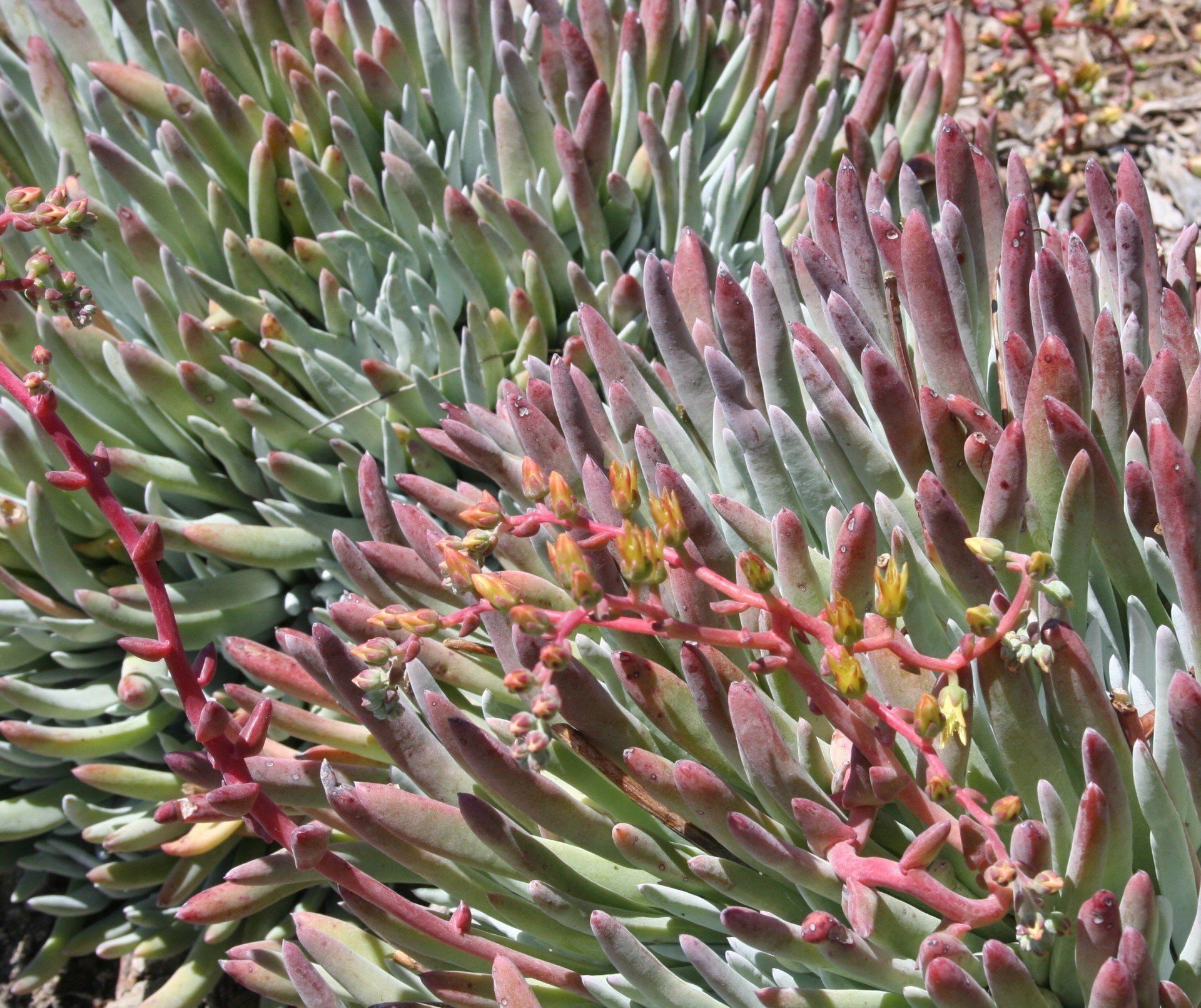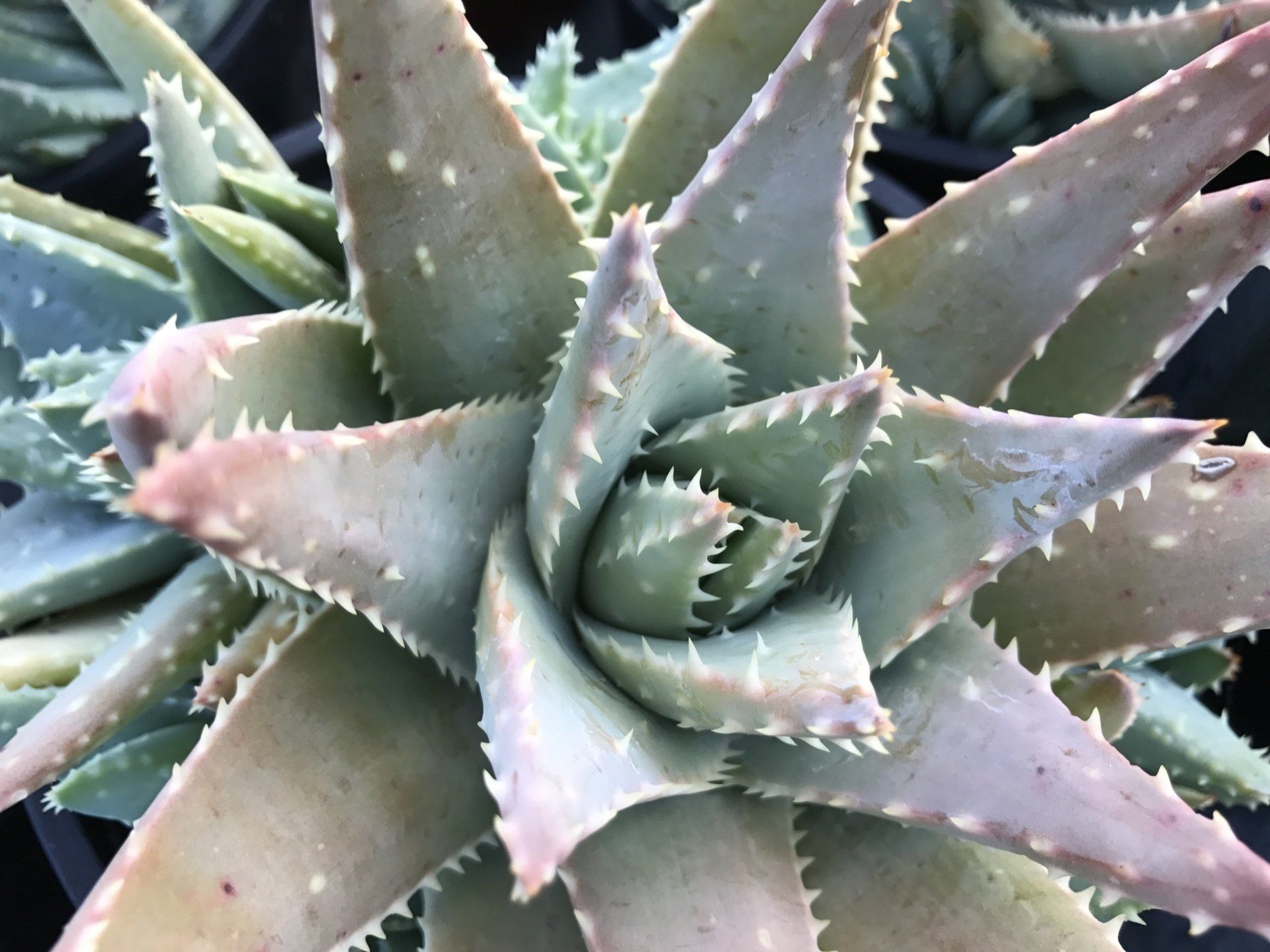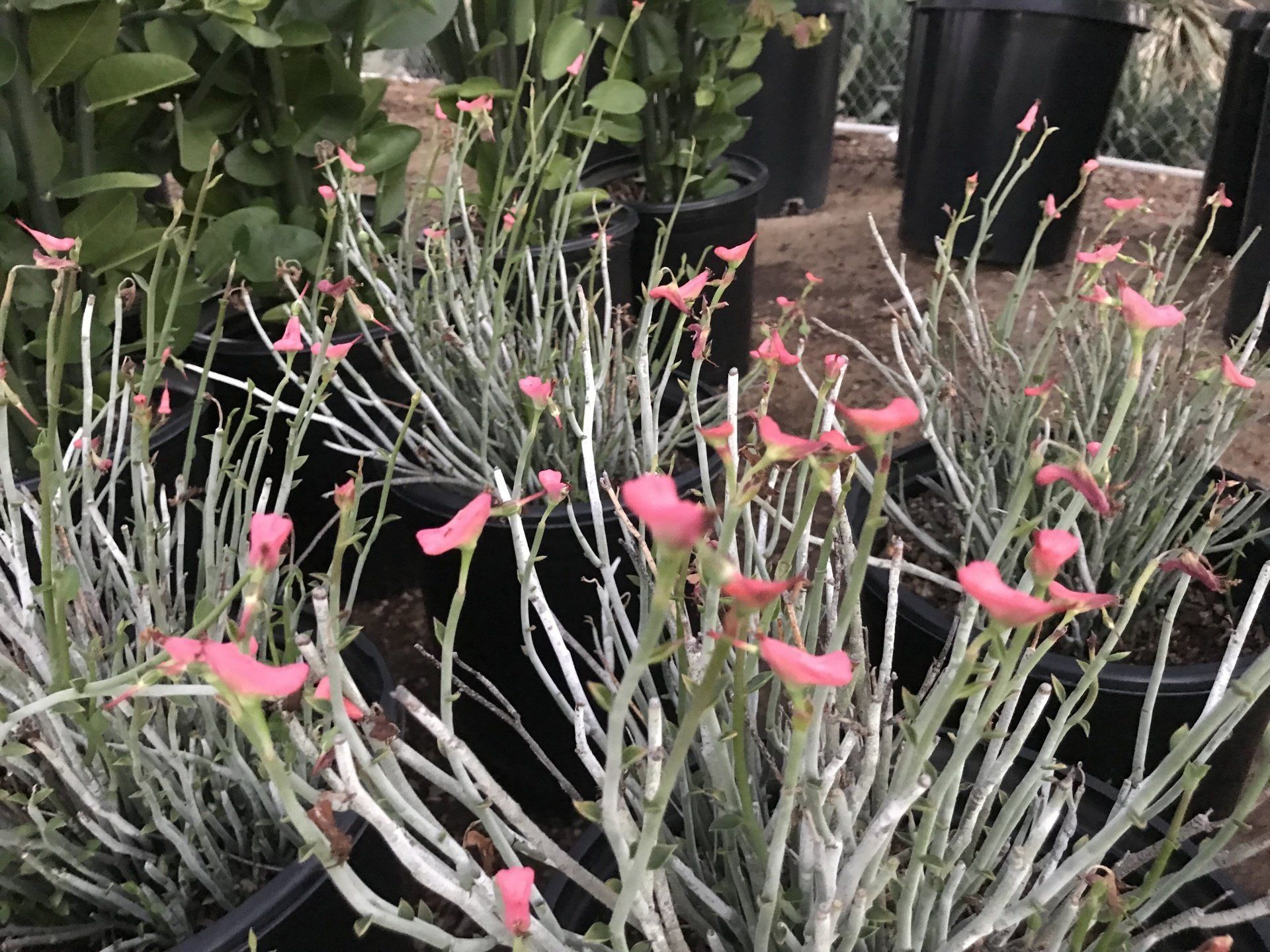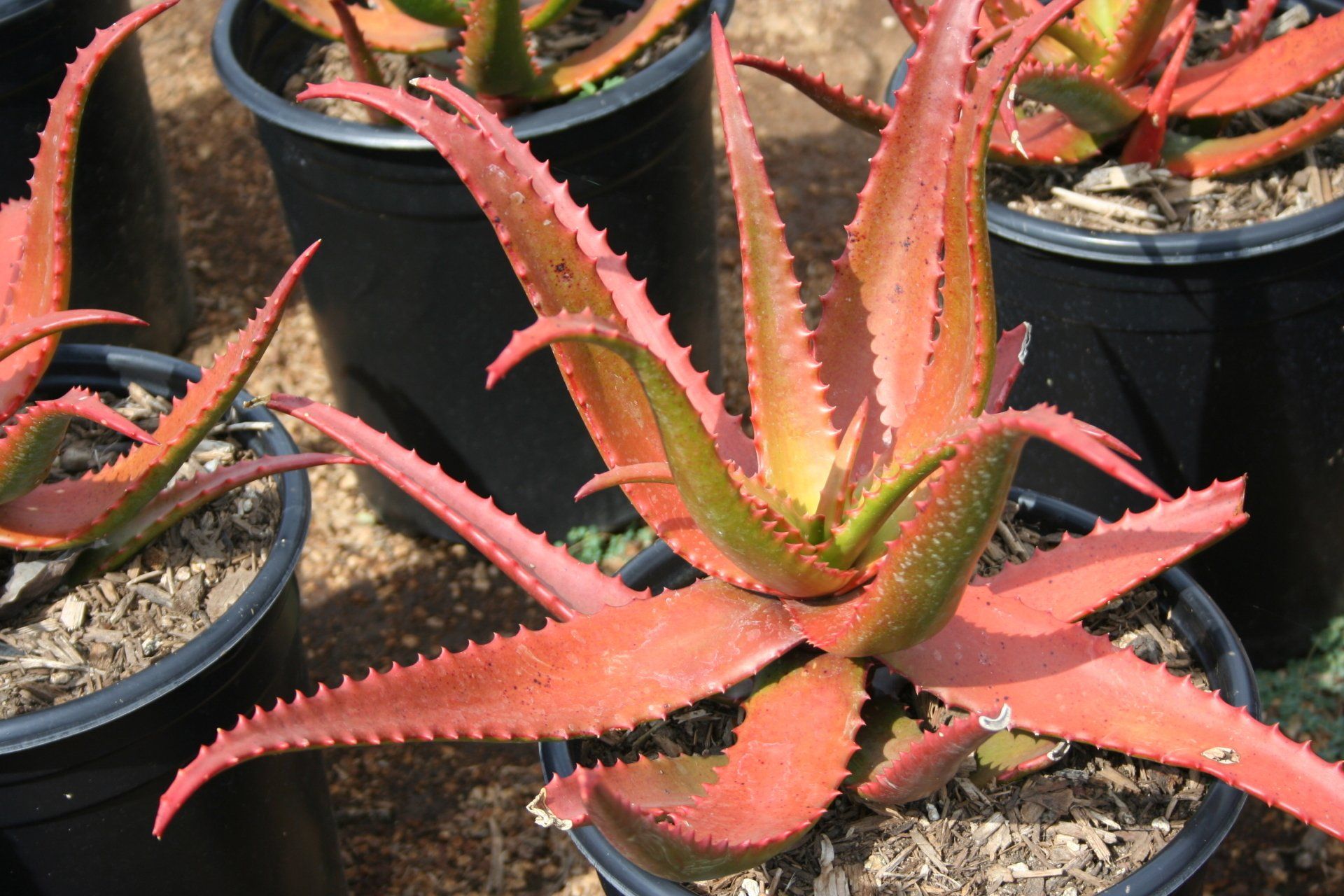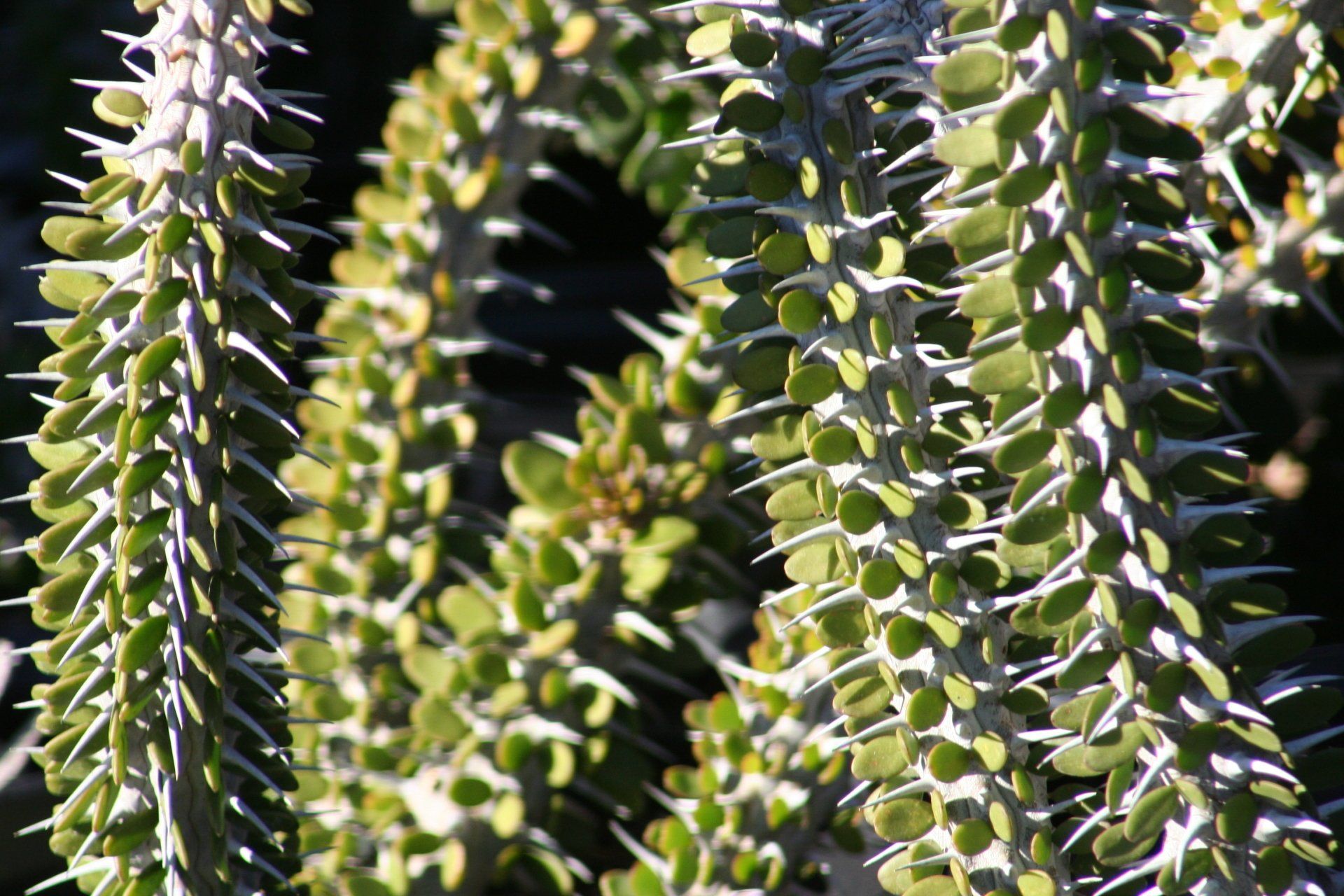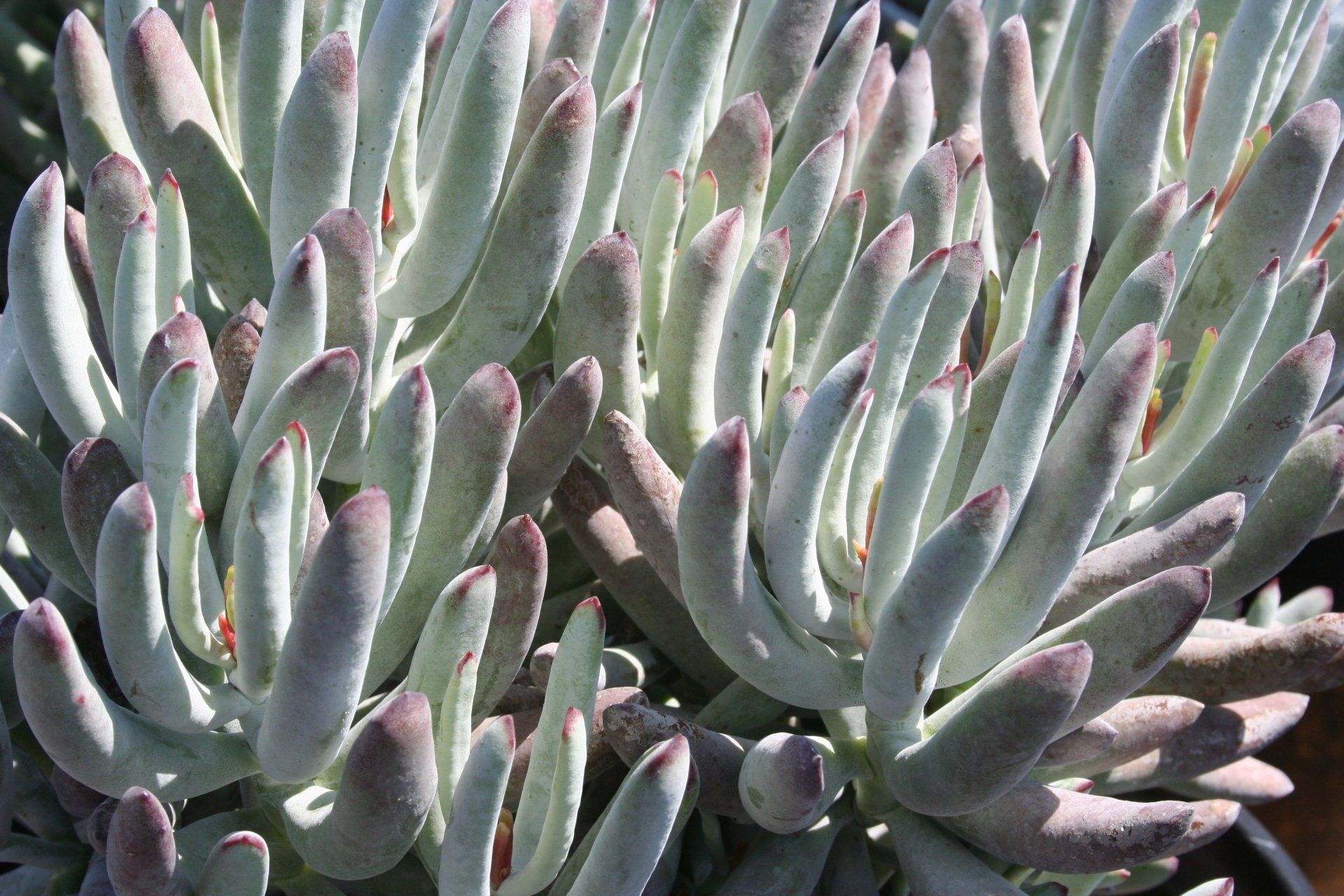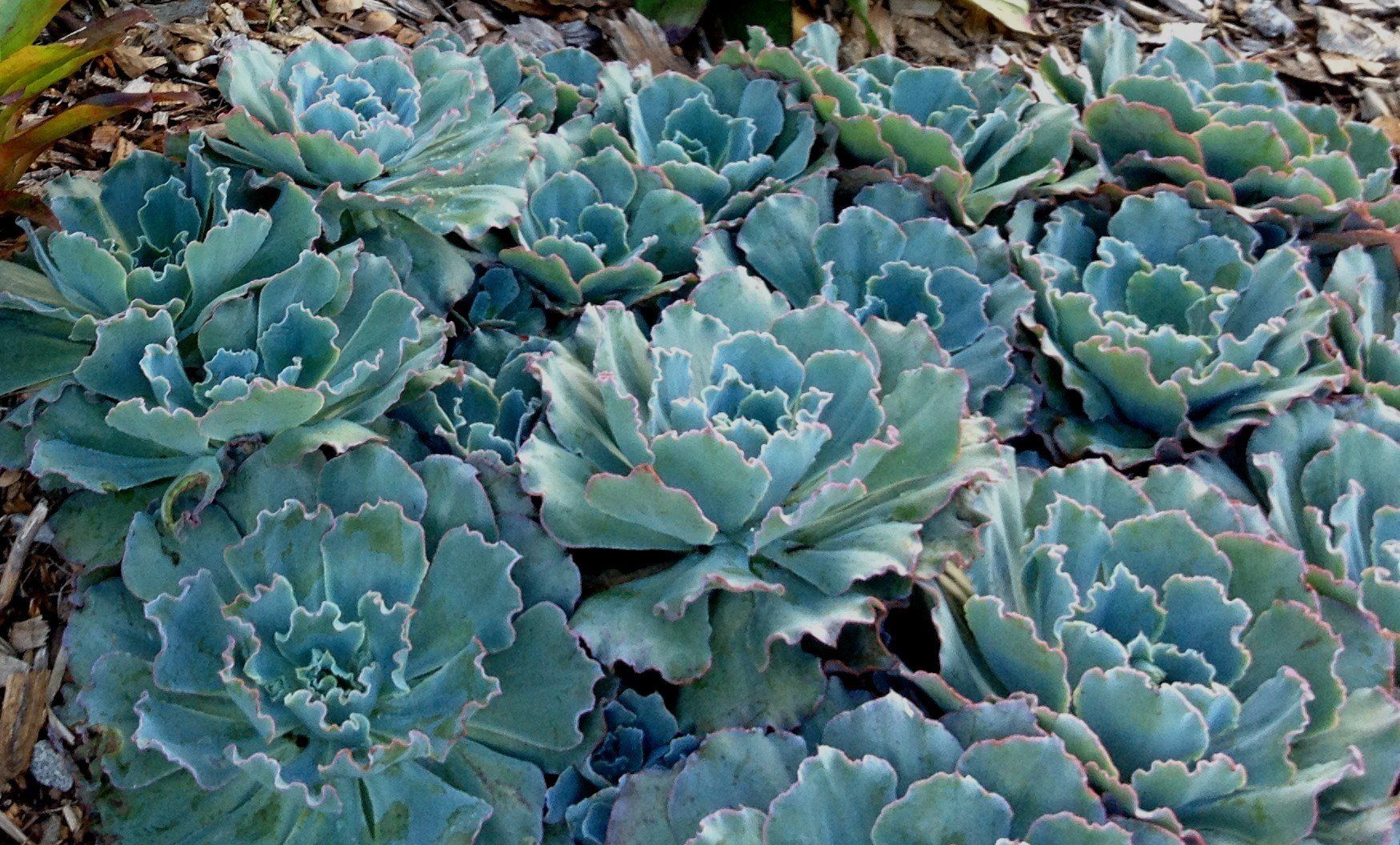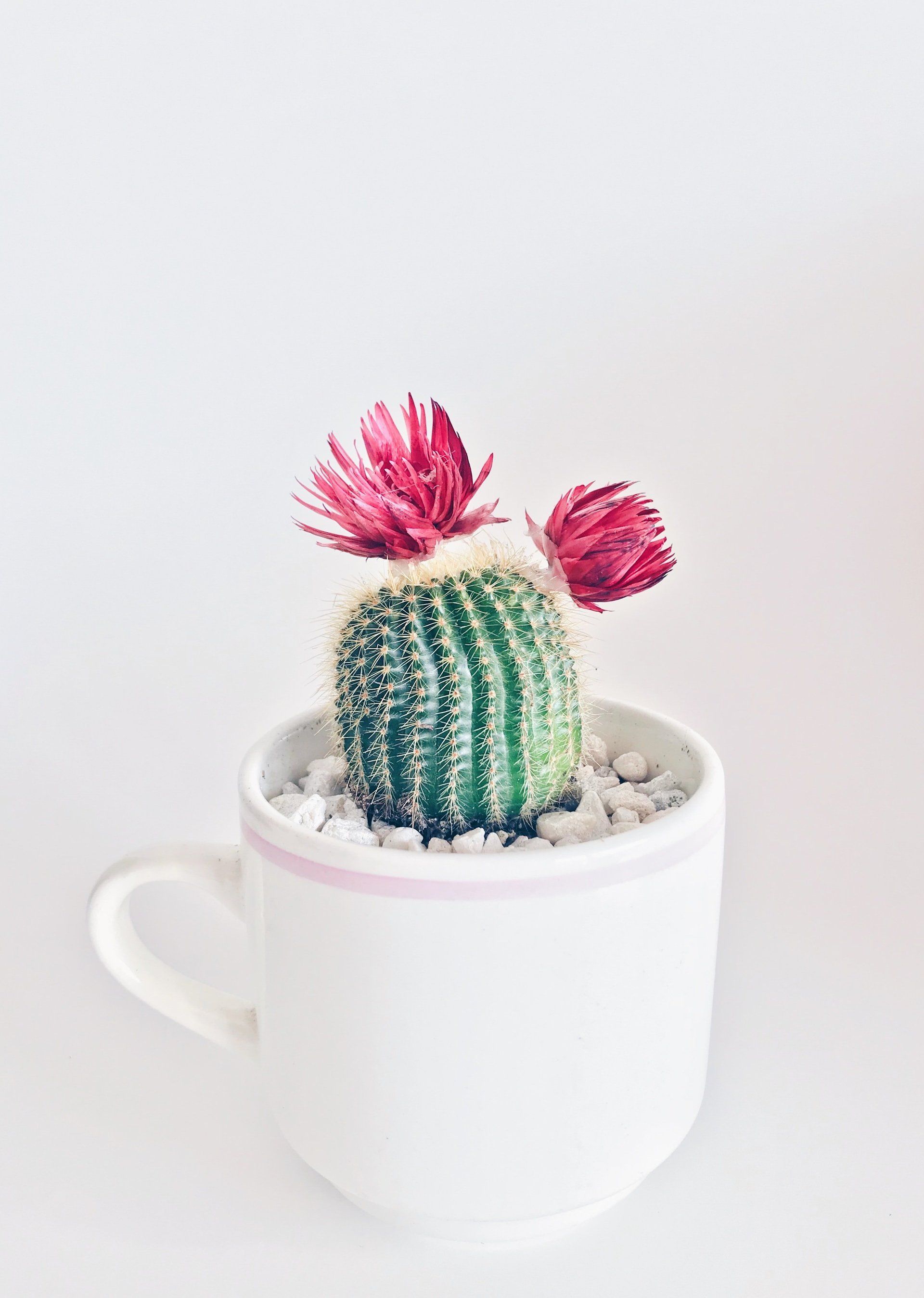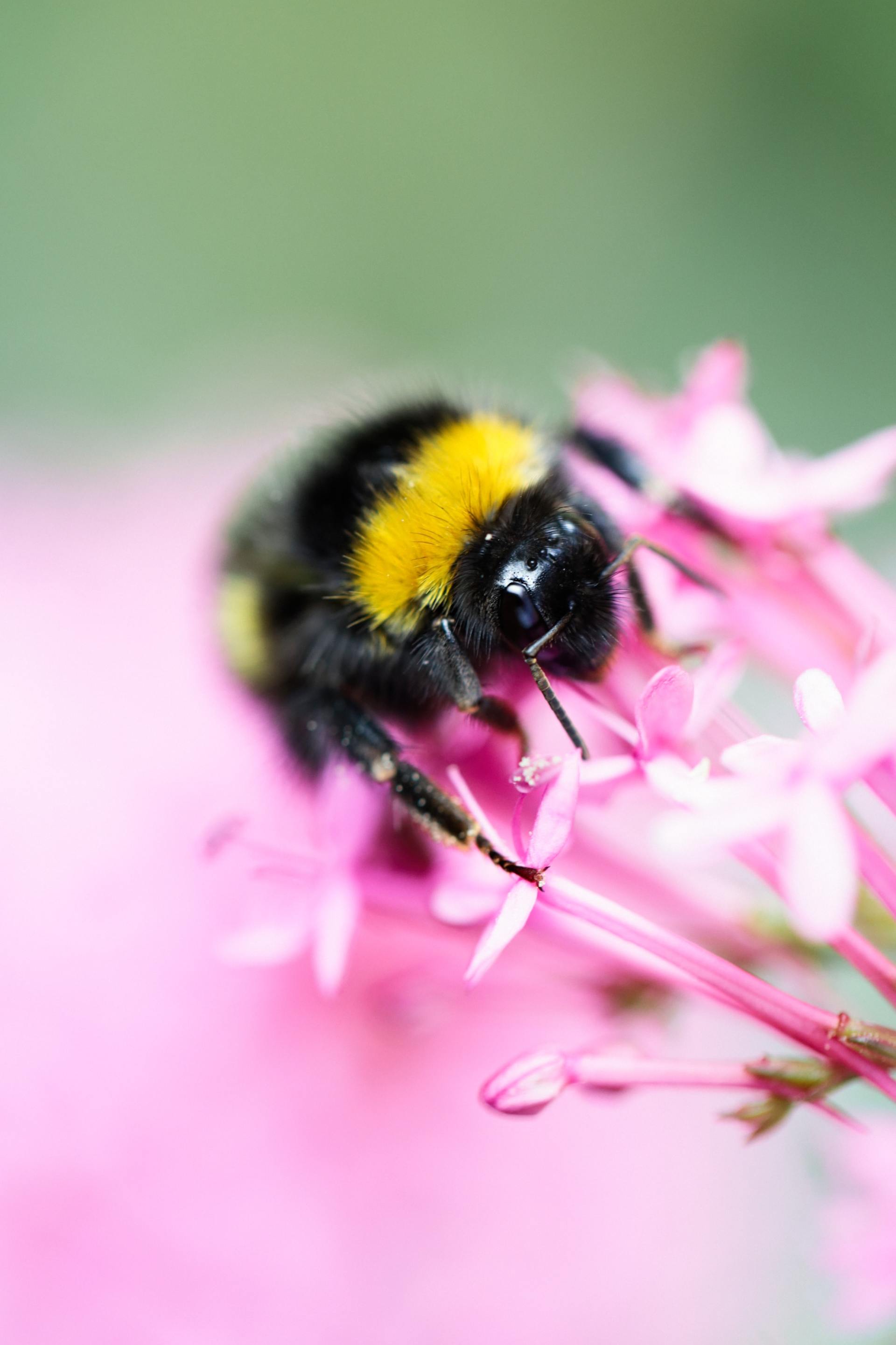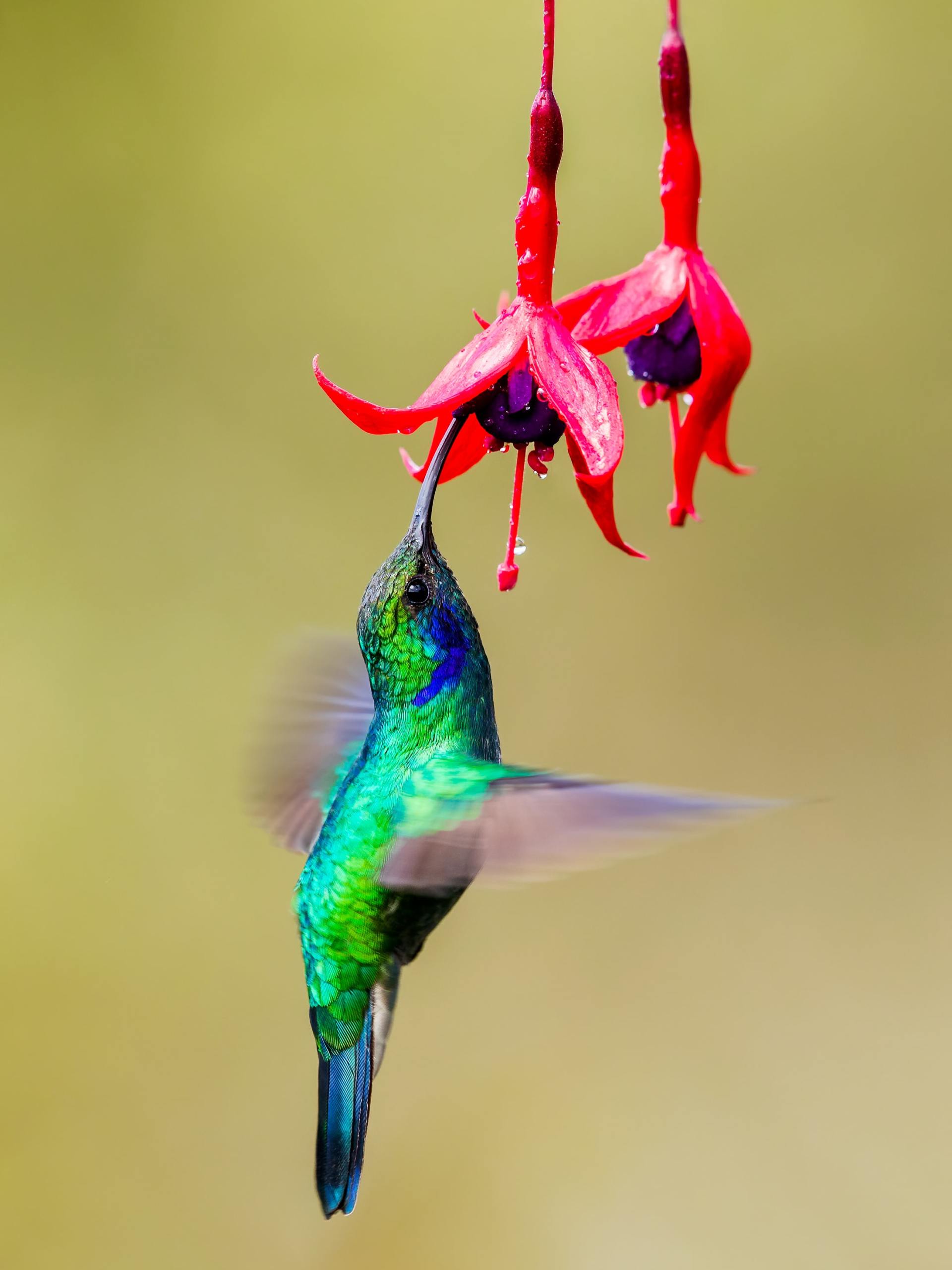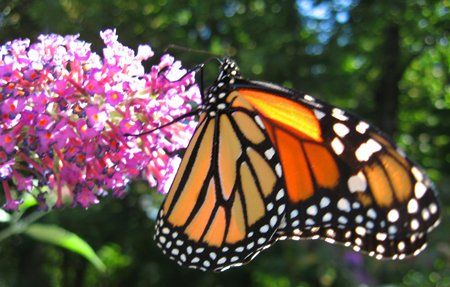The Succulent Sea Garden
Living in San Diego brings trips to the beach, boogie boarding, surfing, building sand castles and long walks on the beach. Whether you are young or old we are drawn to the sound of surf and sea gulls. The salty sea air is the first hint we are getting close to the shore.
Some years ago, my husband, Tom & I went to the Del Mar Fair and Jeff Moore had created an amazing undersea design with succulents, and cacti that left me spellbound. I wasn’t a fan of succulents (especially cacti) at the time. No attraction what so ever! Then, that day at the fair…I was transformed! Being a beach lover and avid fan of nature shows on TV that let you explore the depths of the ocean, viewing all the plants and creatures growing and living in the undersea world, I silently viewed a landscape that recreated that world in all its amazing splendor. I became hooked on how the succulents and cactus could transport me to the world of marine life under the sea. It was both compelling and peaceful.
Tom and I took a trip to Kauai for our vacation one year and I got to try snorkeling. I was just a beginner, but was captured by the amazing fish I could swim along with underwater. Being more accomplished at free diving, Tom got to see more wonders of the deep than I, enjoying being at one with the underwater world…plants, turtles, etc. and I can’t wait to try again someday.
Living here at “Waterwise Botanicals” it gets more than a little hot in the summertime. My thoughts ramble to cooler places and my feet want to take long seaside walks at the beach as I wander the nursery taking photos. I recently started noticing the plants that would be good for designing into a Succulent Sea Garden…or Seascape. Just thinkin’ I must need a little beach fusion! With that thought in mind, I have put together some photos for you to imagine a sea garden on land, one that can emotionally transport you to the depths of the ocean in your own backyard.
You would need to start with preparing your garden by creating some variations in topography, some highs and lows to help resemble the undersea formations. Then place your selected plants in natural looking positions as though you were looking underwater. I’d suggest using some large and small pieces of rock in your planting along with lava rock, gravel and sand. Shells could also enhance the vision you are creating…maybe drifts of small shells.
Below are some plant specimens to light up your imagination. You will also find some fun photos of Jeff’s seascape at the fair the day I was so visually transported underwater by the use of succulents and cacti that I fell in love with these remarkable plants.
I am a big fan of Jeff Moore who has a nursery in Solana Beach, does beautiful designs and has written and done the photography for several books on Succulents. Bob Wigland did the photography on our “featured photo at the top of the page…one from he fair almost 20 years ago. He is an accomplished photographer in horticulture, an is now doing wildlife photos as well. Enjoy the succulent slide
show.
- Jackie Jesch
Waterwise Botanicals
Tips & Hints
Recent Posts


